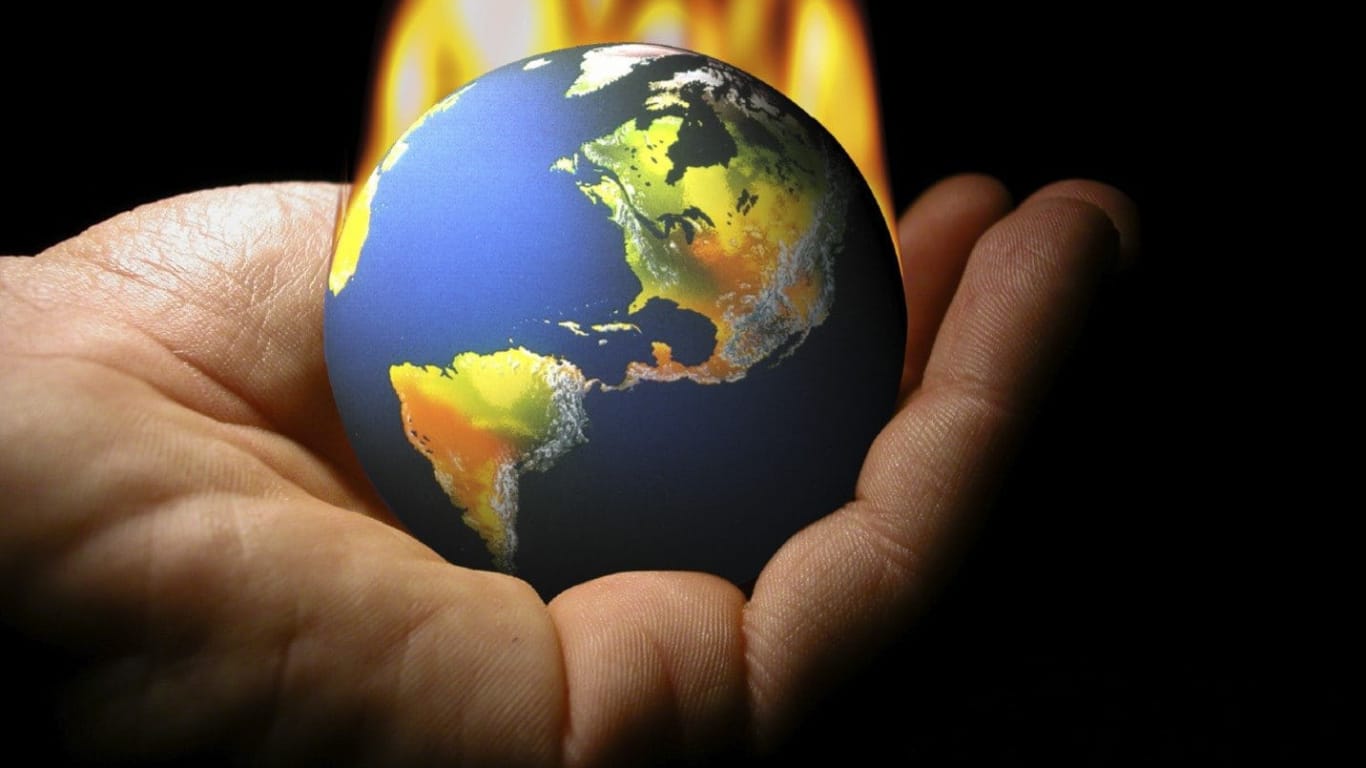Climate is one of the most important factors that define life on earth. From temperature to precipitation, climate plays a crucial role in shaping our environment and ecosystems. The world can be divided into different climatic zones based on various parameters such as temperature, rainfall, humidity etc., each with its unique characteristics.

Tropical Zone
The tropical zone lies between the Tropic of Cancer and Tropic of Capricorn which includes countries like Brazil, India,Africa etc . It experiences high temperatures throughout the year due to its proximity to equator ,and receives heavy rainfalls all through the year. This leads to lush green forests and vegetation typical for this region.
Subtropical Zone
The subtropical zone lies just beyond tropical regions with mild winters but hot summers,and receives moderate amount of rainfall annually . Examples include Southern California,Mediterranean Region & South Africa.
Temperate Zone
Temperate zones are located away from tropics towards poles.States like United Kingdom,Japan & New Zealand lie in this area where there are four seasons – Spring ,Summer,Fall,Winter . Rainfall varies significantly depending upon location within temperate zone .
Polar Regions
Polar regions (Arctic and Antarctic) experience extremely cold weather conditions throughout the year as they receive very little sunlight due their distance from sun’s rays.The average annual temperatures are below freezing point resulting in ice-capped landscapes and almost no vegetation growth.
Highland Areas
Highland areas refer to mountainous regions found at higher elevations.Therefore,the temperature decreases rapidly by about 1 degree Celsius per every 100 m increase in altitude.These areas have distinct ecosystem traits because plants adapt differently than those living at lower altitudes.
Impact on Living beings:
These climatic zones play an important role not only for physical geography but also influence lifestyle choices,cultural practices,dietary habits etc among people residing there. For instance,people living in polar regions have evolved to adapt to cold conditions by wearing heavy clothing and consuming high fat diets whereas people living in tropical zones tend to consume more spicy foods due to warm climate.

Conclusions:
Understanding different types of climatic zones can help us understand the natural world around us better. It helps us comprehend why certain plants or animals thrive in some areas while others struggle to survive elsewhere. The knowledge gained from studying these diverse climates is essential for policymakers, environmentalists and scientists working towards protecting our planet’s biodiversity & ecosystems.
In conclusion, we must acknowledge that each climatic zone has its unique characteristics which are critical for maintaining ecological balance on earth.With changing global weather patterns,it is important than ever before that we work together as a society towards mitigating further damage caused by human activities like deforestation,fossil fuel emissions etc .
Other Related Posts :-
The Great Barrier Reef – A Natural Wonder of the World



